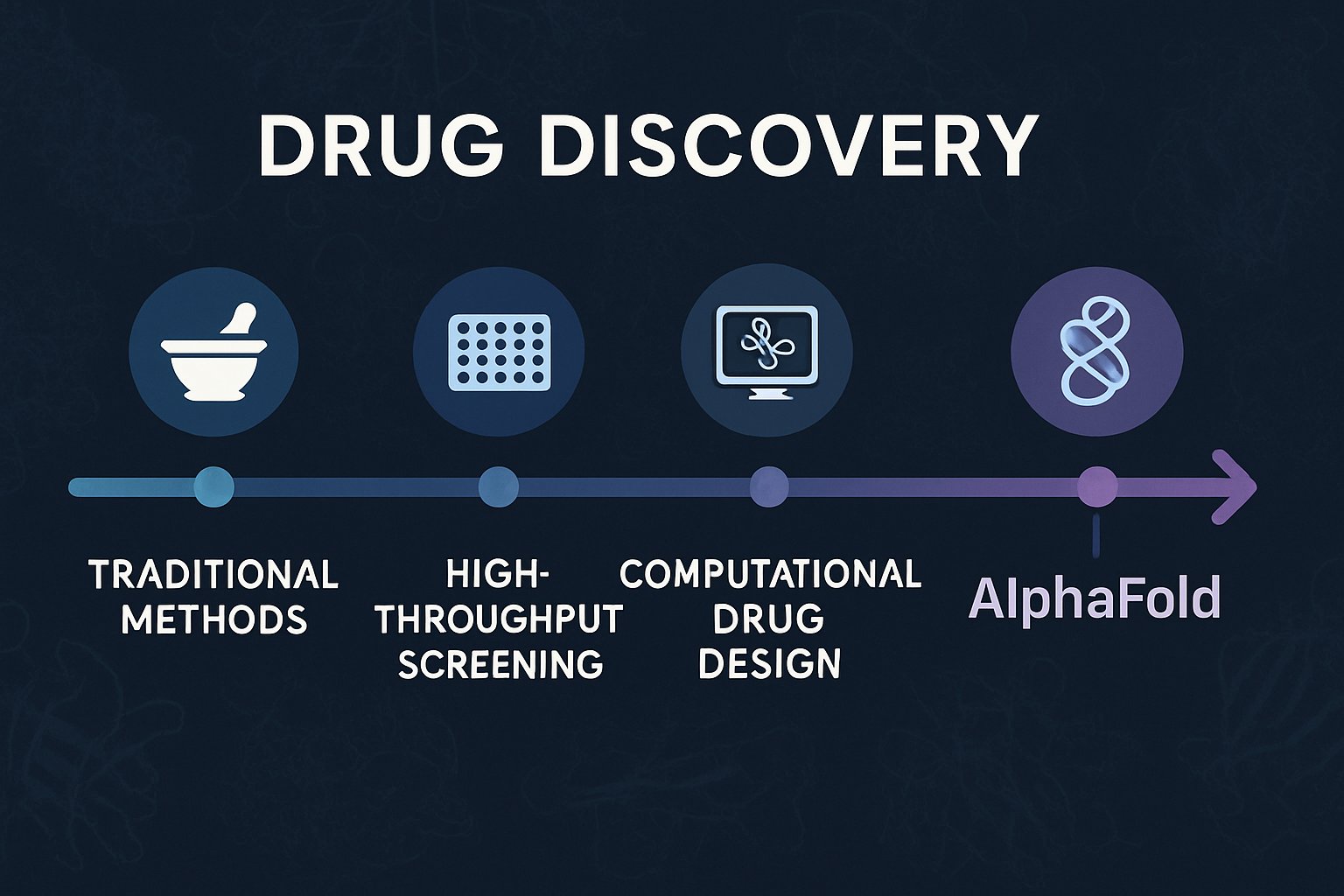
AI CERTS
21 minutes ago
AlphaFold Claims Reshaping Drug Discovery
This article dissects the facts, market context, and strategic implications for Biotechnology and Molecular Biology professionals.
AlphaFold Hype Versus Reality
Several outlets headline that a new model cracks RNA interfaces. Nevertheless, DeepMind has released no peer-reviewed paper named “AlphaFold 4.” The latest documented generation, AlphaFold 3, expanded predictions to ligands and nucleic acids. In contrast, community contests like CASP15 show RNA–protein prediction remains inconsistent. Therefore, claims of a finished solution appear premature.

AlphaFold 3 still changed expectations and workflows. Analysts credit the model with compressing months of wet-lab triage into hours. However, experimental validation remains mandatory, especially for transient RNA contacts.
These points underline the hype gap. Consequently, readers need verified milestones before adjusting pipelines.
Technical Leap And Limits
AlphaFold 3 introduced the Pairformer architecture and diffusion refinement loop. Additionally, the public AlphaFold Database now hosts more than 214 million predictions. That scale fuels rapid Drug Discovery ideation. Nevertheless, shortcomings persist. Large RNAs fold with complex ion dependencies that the model treats imperfectly. Moreover, small PROTAC-like interfaces confuse confidence scores. Independent Molecular Biology reviewers recommend hybrid physics-ML approaches for these edge cases.
Consequently, scientists must bracket predictions with uncertainty estimates. Interface RMSD checks and pLDDT thresholds help flag risky models.
These technical realities frame responsible deployment. Meanwhile, commercial teams push forward, creating new pressures.
Market Momentum Signals Opportunity
Investors funnel capital toward AI-enabled pipelines. For example, Isomorphic Labs raised $600 million in March 2025. Furthermore, partnerships with Novartis and Eli Lilly accelerate pre-clinical programs. Industry watchers value the AI Drug Discovery segment in multibillion ranges. Consequently, boards expect faster asset generation.
- $600 million Isomorphic round highlights liquidity.
- 214 million public structures expand virtual screens.
- First AI-designed candidates may enter trials by late 2025.
However, regulators still require full toxicology packages. Timelines therefore hinge on traditional gatekeepers.
These numbers show serious momentum. Nevertheless, technical limits temper exuberance, especially for RNA targets.
RNA Complexity Remains Challenging
RNA folding involves dynamic base-pairing and metal ions. Additionally, many RNAs adopt multiple functional states. AlphaFold 3 handles some cases but underperforms on long, flexible motifs. Moreover, scarce high-resolution RNA–protein structures constrain training. CASP15 results confirm that specialized academic teams sometimes beat general models.
Therefore, Biotechnology groups integrate complementary tools. SHAPE assays and cryo-EM snapshots refine uncertain regions. Consequently, iterative modelling plus experiment still rules.
These challenges highlight critical gaps. However, emerging solutions continue narrowing them, inviting thoughtful collaboration.
Implications For Research Teams
Lab heads now weigh resource allocation. In contrast to 2021, structure hypotheses arrive within hours. Moreover, cloud notebooks wrap APIs for seamless docking and mutagenesis scans. Teams skilled in Molecular Biology exploit these assets to accelerate hypothesis testing. Nevertheless, computational confidence does not equal biochemical truth.
Therefore, groups should adopt a tiered validation plan. Firstly, analyze confidence maps. Secondly, cross-reference existing mutagenesis data. Finally, design focused wet-lab assays.
These steps safeguard rigor. Subsequently, teams can harness speed without sacrificing reliability.
Strategic Guidance For Executives
C-suites must balance ambition and prudence. Moreover, investors reward bold AI narratives, yet penalties follow failed trials. Consequently, leaders should establish internal checkpoints that mirror regulatory expectations. Executives can also upskill staff. Professionals can enhance their expertise with the AI Researcher™ certification.
Additionally, licensing strategies deserve attention. Some firms adopt open replicas like HelixFold3 to avoid lock-in. Meanwhile, others co-develop bespoke models with Isomorphic for competitive moats.
These tactics align technical capacity with business goals. Therefore, clear governance keeps projects on schedule and within risk budgets.
Conclusion And Next Steps
AlphaFold 3 and successor research reshape Drug Discovery momentum. However, RNA–protein mapping remains an evolving frontier. Moreover, market funding surges, yet regulators demand experimental proof. Consequently, scientists should pair predictions with rigorous assays, and executives should adopt phased investment plans.
For leaders eager to stay ahead, acquiring validated skills becomes vital. Therefore, explore advanced certifications and monitor peer-reviewed releases rather than unverified headlines.
Action now ensures readiness when true breakthroughs arrive. Engage teams, validate predictions, and drive innovation responsibly.



